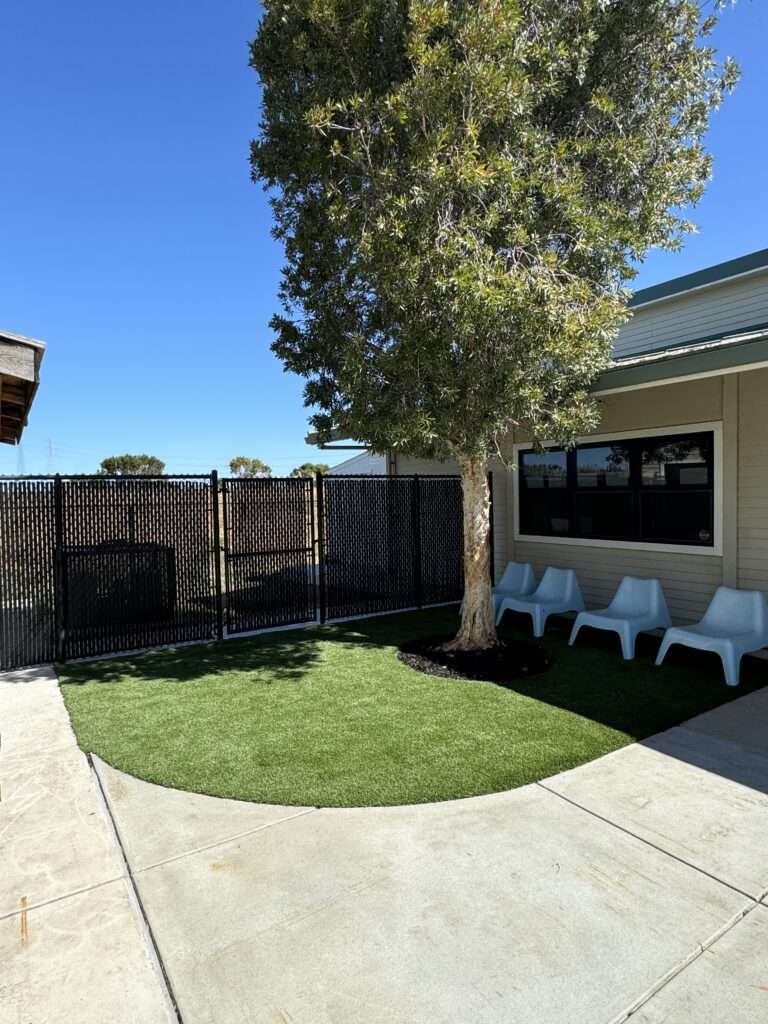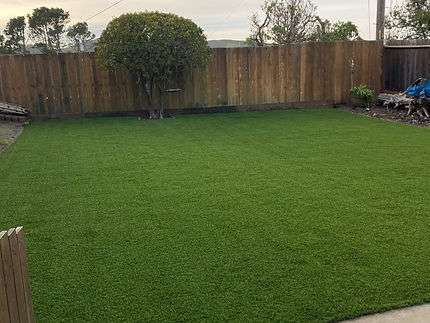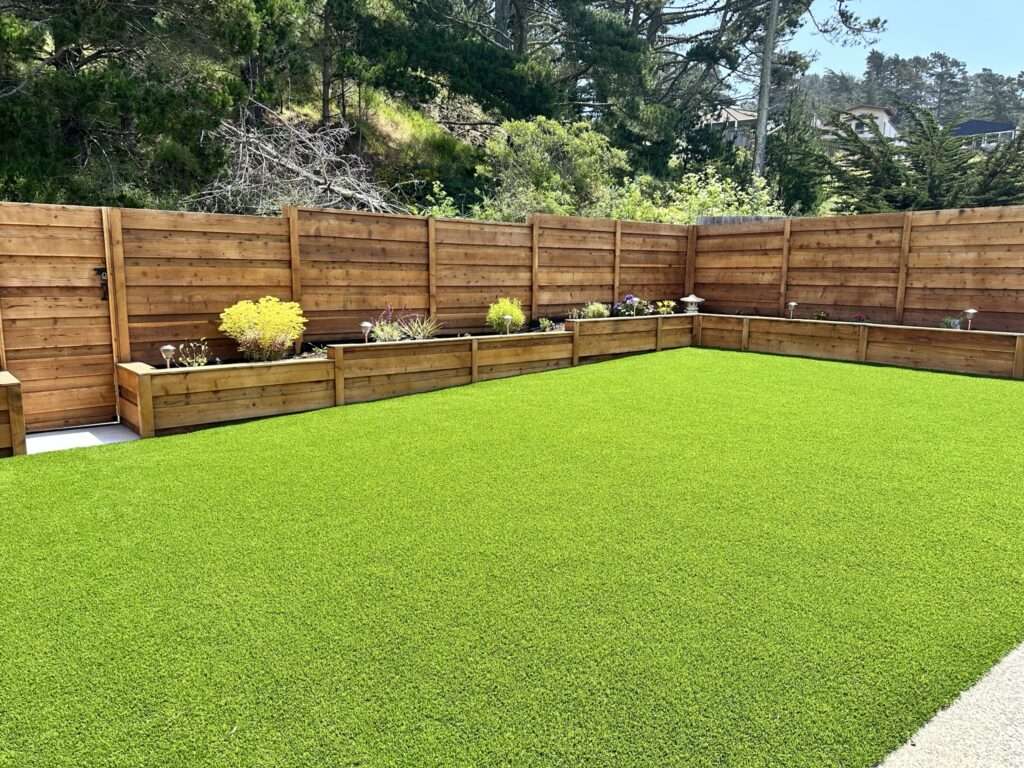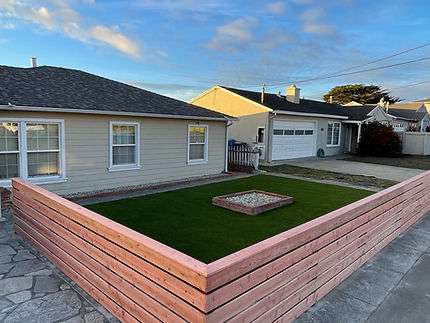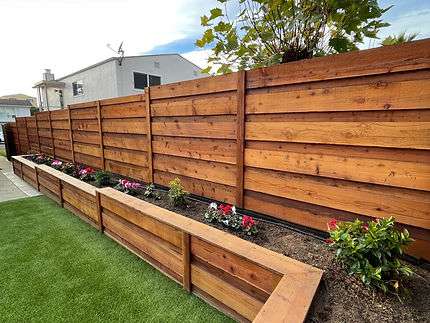Introduction: Why Choose a Paver Patio?
A paver patio is a stylish, durable, and low-maintenance outdoor space that enhances your home’s aesthetic and functionality. Whether you want a cozy retreat or an entertainment area, a well-constructed paver patio can add value to your property and provide years of enjoyment. In this guide, we’ll walk you through how to make a paver patio with easy-to-follow steps.
Table of Contents
Tools & Materials You’ll Need
Before you begin, gather the following tools and materials:
- Pavers
- Gravel base
- Sand
- Edging restraints
- Landscape fabric
- Shovel
- Rake
- Tamper (manual or mechanical)
- Level
- Measuring tape
- Rubber mallet
- Broom
Step 1: Plan and Design Your Paver Patio

The first step in how to make a paver patio is planning. Proper planning ensures your patio is functional, visually appealing, and durable.
Determine Size, Shape, and Location
- Measure your available space and decide on the dimensions of your patio.
- Choose a shape that complements your home’s design, such as rectangular, square, circular, or freeform.
- Consider accessibility, usage, and existing landscaping when selecting a location.
Sketch Your Design
- Draw a rough plan of your patio, including the layout and any additional features like seating areas or fire pits.
- Use stakes and string to outline the patio’s perimeter in your yard.
Choose the Right Pavers
- Select pavers based on your desired aesthetic, durability, and budget.
- Common materials include concrete, brick, and natural stone.
- Decide on a pattern that complements your home, such as herringbone, basketweave, or running bond.
Consider Drainage and Sunlight
- Ensure the patio site is slightly sloped away from your home to prevent water pooling.
- Choose a spot with adequate sunlight and shade to create a comfortable outdoor space.
Obtain Necessary Permits
- Check local building codes to see if you need a permit for your patio project.
- Ensure compliance with property line regulations and homeowner association guidelines.
Pro Tip: Check out this paver patio design inspiration for creative ideas.
Step 2: Prepare the Ground for Installation
Proper ground preparation is crucial for the longevity and stability of your paver patio. Follow these steps to create a solid foundation:
Clear the Area
- Remove all grass, weeds, and debris from the marked area using a shovel or a sod cutter.
- Dispose of the removed material properly to keep the workspace clean and organized.
Excavate the Site
- Dig down approximately 6-8 inches to accommodate the gravel base and sand layer.
- If your patio will bear heavy loads (such as a fire pit or outdoor furniture), consider digging slightly deeper (up to 10 inches) for added support.
- Ensure the excavation is even and matches the planned dimensions of your patio.
Ensure Proper Slope and Drainage
- The patio should have a slight slope (about 1/4 inch per foot) to direct water away from your home and prevent pooling.
- Use a level and measuring tape to confirm the correct slope is maintained across the entire surface.
Install Landscape Fabric
- Lay landscape fabric over the excavated area to prevent weed growth and improve stability.
- Trim the fabric to fit the space, ensuring full coverage before moving to the next step.
Compact the Soil
- Use a tamper or mechanical plate compactor to compress the soil, creating a firm and stable base.
- Compacting prevents the ground from shifting over time and helps keep the pavers level.
Pro Tip:
For extra reinforcement, consider adding a geotextile fabric beneath the gravel layer to improve drainage and long-term durability.
Step 3: Install the Base and Level It Properly
- Add a 4-6 inch layer of gravel and spread it evenly.
- Use a tamper to compact the gravel firmly to create a stable base. A mechanical plate compactor is ideal for larger patios.
- Add 1-2 inches of sand over the gravel, leveling it smoothly with a rake and screed board.
- Ensure the sand is evenly distributed and properly compacted to avoid dips and shifts.
Pro Tip:
Compact the base in layers to avoid uneven settling over time.
Step 4: Lay the Pavers in Your Desired Pattern
- Start placing pavers from one corner, working your way outward, following your chosen pattern.
- Use a rubber mallet to tap them into place, ensuring each paver is level with the surrounding ones.
- Maintain uniform spacing between pavers for a polished look. Spacers or string lines can help achieve consistency.
- Regularly check alignment using a level and make necessary adjustments.
Popular paver patterns include:
- Herringbone
- Basketweave
- Running Bond
- Circular or Fan Patterns
Looking for pattern ideas? Check out this paver pattern guide.
Step 5: Secure the Pavers and Fill the Gaps
- Install edging restraints along the patio perimeter to prevent shifting over time.
- Spread polymeric sand over the pavers and sweep it into the gaps, ensuring even distribution.
- Lightly spray water over the sand to set it and help it harden, securing the pavers in place.
- Allow the patio to dry completely before walking on it to ensure the sand properly binds the pavers.
Pro Tip:
Avoid overwatering, as too much moisture can wash away the sand.
Step 6: Maintain and Enhance Your Paver Patio
- Regularly sweep and rinse your patio to prevent dirt buildup and weeds.
- Reapply polymeric sand if needed to keep joints firm and prevent weed growth.
- Seal the pavers every few years to enhance durability and protect against stains.
- Inspect the patio annually for shifting or settling and make minor repairs as needed.
Common Mistakes to Avoid When Making a Paver Patio
- Skipping the base preparation: A weak foundation leads to shifting and sinking.
- Not using a level: Uneven pavers create tripping hazards and drainage issues.
- Ignoring proper spacing: Too tight or too wide gaps can cause long-term stability issues.
- Neglecting edge restraints: Without them, pavers may spread and lose their shape over time.
Conclusion: Enjoy Your DIY Paver Patio
Now that you know how to make a paver patio, you can create a beautiful and functional outdoor space tailored to your style. With proper planning and careful execution, your paver patio will be a long-lasting addition to your home. Are you ready to start your project? Let us know your experience and share your DIY patio success stories! Don’t forget to explore our resources on landscape projects.

